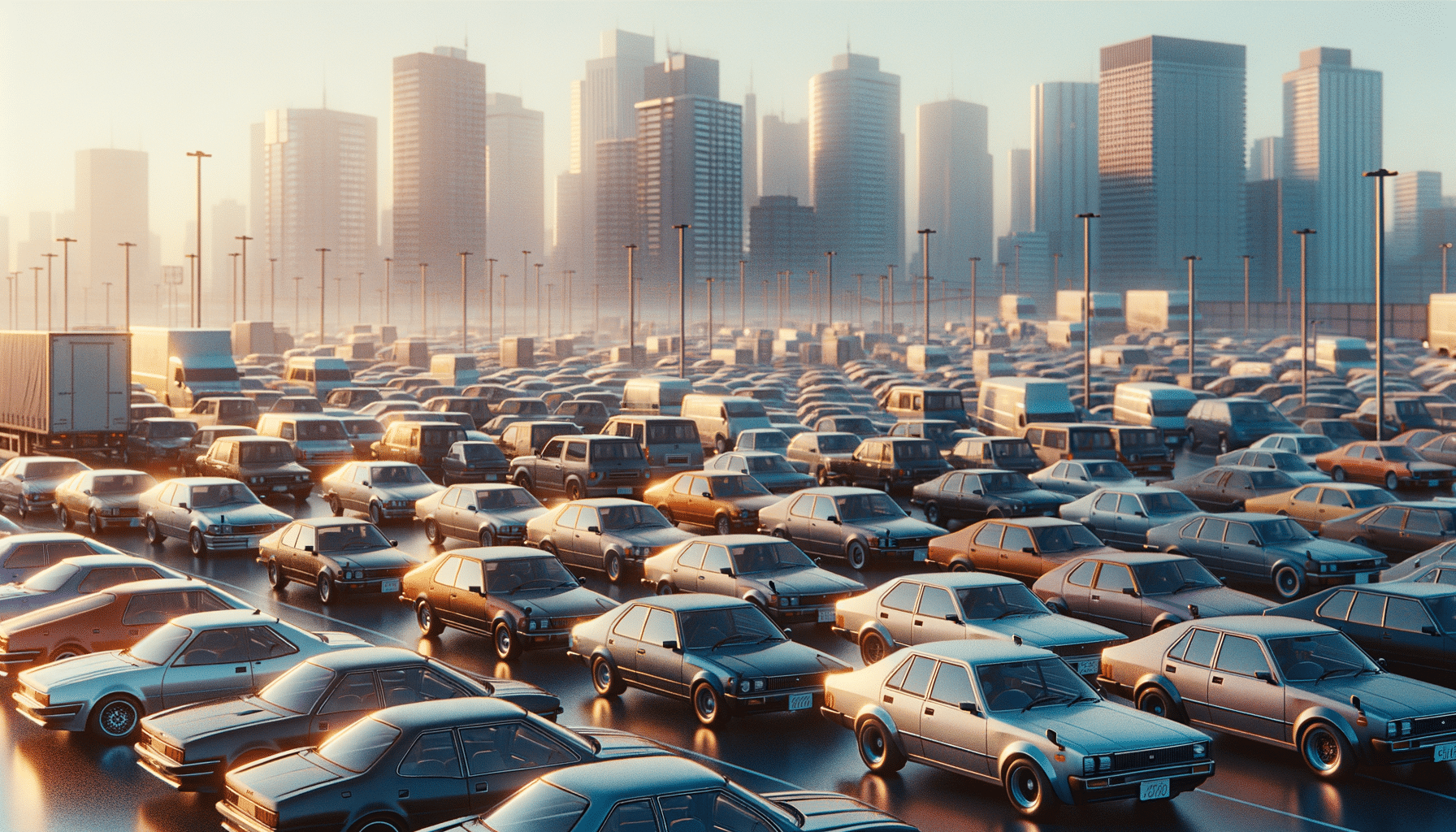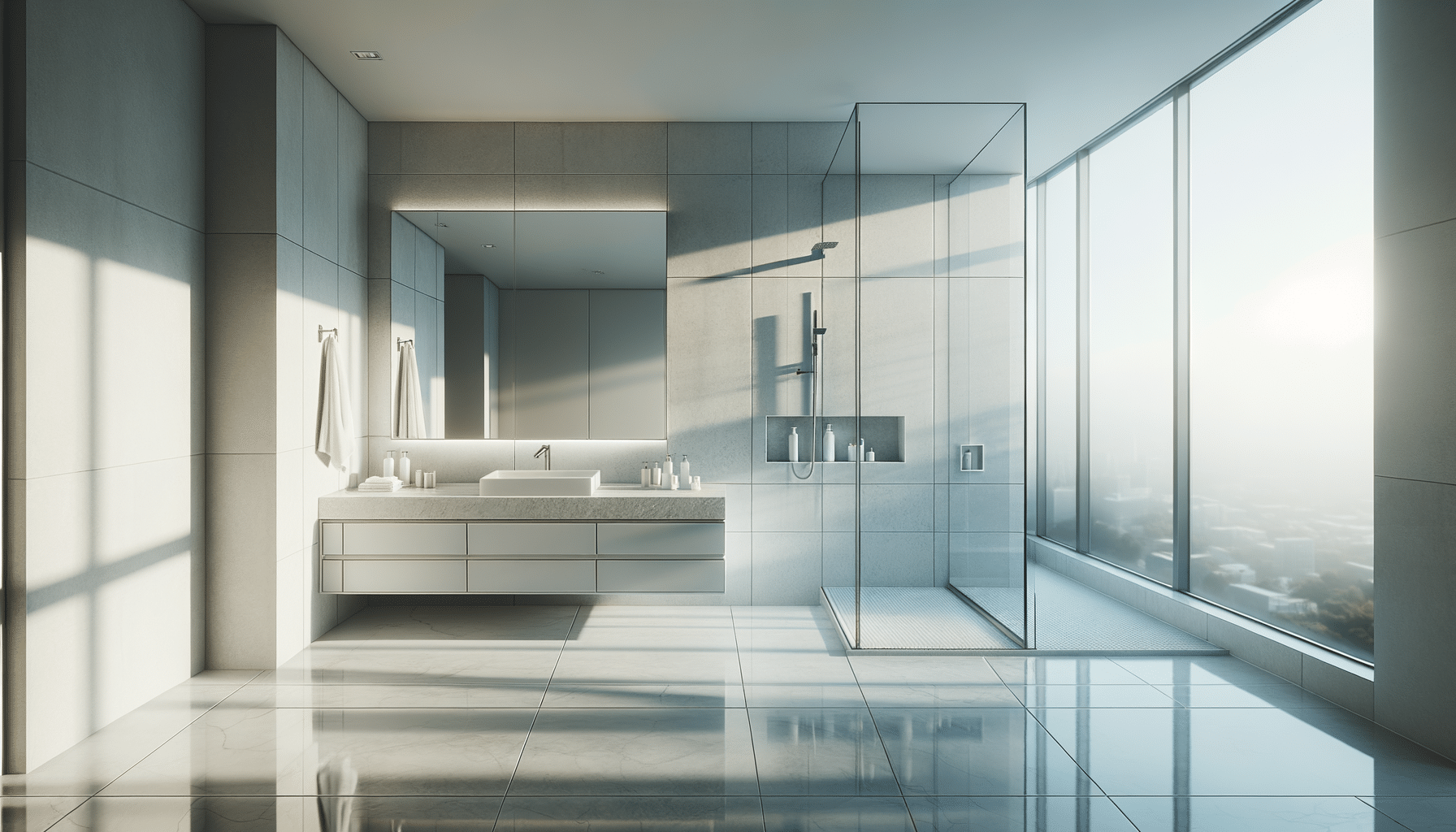
Augmented Reality: A New Canvas for Artists
Augmented Reality (AR) is reshaping the boundaries of artistic expression, offering a dynamic new canvas for creators to explore and redefine what art can be.
As technology continues to evolve, so too does the landscape of art. Augmented Reality (AR) is one such innovation that has opened up new horizons for artists, transforming their creative processes and the way audiences interact with art.
The Intersection of Art and Technology
AR integrates digital elements into the physical world, creating a blended experience that enhances reality. This technology is not just a tool but a new medium that artists can harness to tell stories in more immersive and interactive ways. According to a report by Statista, the global AR market is projected to grow significantly, reaching a value of over $60 billion by 2023, indicative of its expanding influence across various sectors, including the arts.
Expert Opinions
Many art experts acknowledge the profound impact of AR on modern art. Art critic and curator J. Smith notes, “AR allows for a fluidity of experience in art, where the viewer is not just a passive observer but an active participant.” This sentiment is echoed by numerous artists who have embraced AR as a means of pushing the boundaries of traditional art forms.
Examples of AR in Art
One compelling example is the work of digital artist Lucas, who uses AR to create interactive murals that come to life through a smartphone app. These pieces invite viewers to engage with art in a multi-sensory way, offering a unique blend of visual and experiential elements. Similarly, museums and galleries worldwide are incorporating AR to enhance exhibits, providing visitors with deeper insights and storytelling through augmented layers.
| Aspect | Traditional Art | Augmented Reality Art |
|---|---|---|
| Medium | Physical materials | Digital layers |
| Viewer Interaction | Passive | Interactive |
| Accessibility | Physical location | Global reach via apps |
| Storytelling | Static | Dynamic |
| Tools Required | Brushes, canvas | AR software, devices |
| Artistic Expression | Fixed form | Fluid, evolving |
| Audience Engagement | Limited | Enhanced |
| Preservation | Physical conservation | Digital updates |
How Artists Can Get Started with AR
For artists looking to dive into AR, here are some actionable tips:
- Begin by exploring AR creation tools like Unity or Adobe Aero, which offer user-friendly interfaces for beginners.
- Experiment with layering digital elements over your existing artwork to see how they interact.
- Collaborate with technologists to bring your vision to life, as this can bridge the gap between artistic intent and technical execution.
FAQs
FAQs
What is Augmented Reality in art?
Augmented Reality in art involves overlaying digital content onto the physical world, enhancing the viewer’s experience and interaction with the artwork.
How can AR benefit artists?
AR offers artists new ways to engage audiences, expand storytelling capabilities, and reach a global audience through digital platforms.
Is AR art expensive to create?
The cost can vary based on the complexity of the project, but many AR tools are accessible and affordable for artists at all levels.
Conclusion
Augmented Reality is not just a fleeting trend but a transformative force in the art world. By embracing AR, artists can unlock new dimensions of creativity, offering audiences an enriched and interactive experience. As the technology continues to evolve, the potential for artistic innovation is boundless, inviting creators to explore this new frontier and redefine what art can be.


